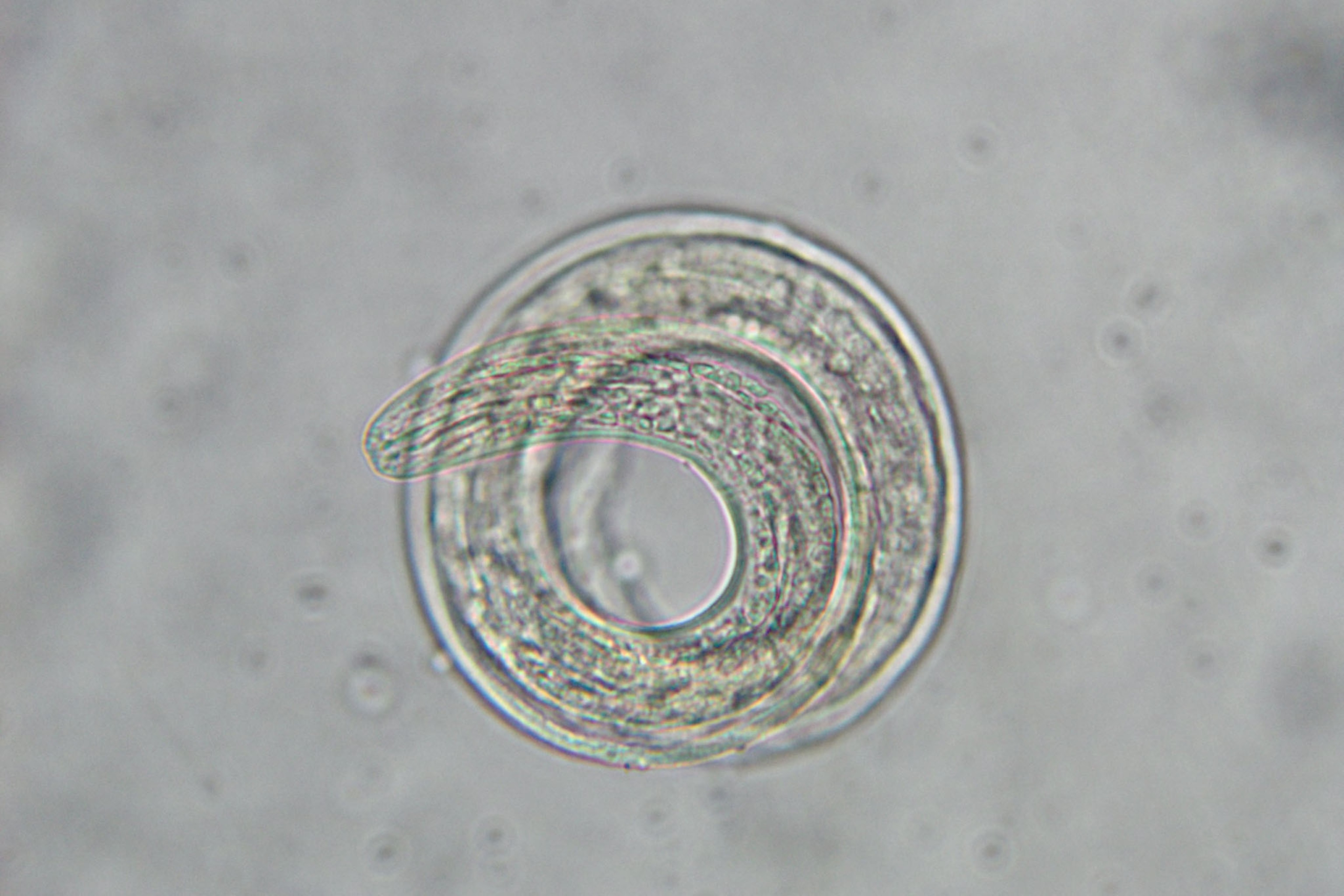Why You Shouldn't Eat a Slug (In Case You Need Reasons)
Hint: A brain-infesting worm carried by gastropods is spreading around the world.
Sam Ballard was 19 years old when friends at a party dared him to swallow a slug. Within days, the Australian teen developed a rare form of meningitis and fell into a coma that lasted more than a year. Even after waking up, he remains paralyzed from the neck down.
The culprit, doctors said, was a parasite in the slug called a rat lungworm, which can burrow into the human brain.
Ballard isn’t alone, or even the only person infected on a dare—at least three reported cases involve boys or young men who were dared to eat a slug or snail. What’s more, the parasite is now spreading to new places around the globe.
Originally from Asia, rat lungworm is now found in Africa, Australia, the Caribbean, and the southern United States. In 2017, Hawaii’s state epidemiologist Sarah Park said they now have about 10 human cases of rat lungworm a year.
In Brazil, a failed attempt at escargot farming likely brought in the brain-invading parasite. Kits sold for growing giant African snails in the backyard spawned a popular home business in the late 1980s.
When that cottage industry collapsed—Brazilians, it turns out, are not huge fans of the delicacy—the snails invaded the environment, and the rat lungworm parasite inevitably took up residence. In 2007, National Geographic reported on two human cases of meningitis in Brazil that were caused by rat lungworm from African giant snails.
Rat lungworms can live in a variety of snail and slug species, which show no obvious signs of infection, so it’s impossible to know whether any animals you see outdoors are carriers.
“Snails hold a lot of parasites,” says Heather Stockdale Walden, a parasitologist at the University of Florida who has documented the spread of rat lungworm in southern Florida. “Parasites want a host that will be eaten, and snails are food for lots of animals, including birds.”
They’re also accidentally consumed by pets and other animals when the creatures get into drinking water. In Florida, the parasite has turned up in dogs, miniature horses, birds, and various wild animals, Walden says. It’s believed to have killed a white-handed gibbon at Miami’s Metro Zoo in 2004, and a privately held orangutan in the Miami area died after eating infected snails in 2012.
As rat lungworm reaches new parts of the world, experts say we’re the ones who are going to have to adapt. And a good first step is not eating raw gastropods.
Wandering Worms
As the name suggests, rat lungworm (Angiostrongylus cantonensis) spends part of its life in the lungs of rats. It spreads when infected rats cough up baby worms and wind up swallowing some. The worms pass through the rat’s gut and get deposited in its poop. A snail or slug eats that poop and picks up worm larvae, which grow for a while inside the new slow-moving host.
To reproduce, a young lungworm must find its way back into a rat—which usually happens when a rat eats an infected snail or slug. Once inside the rat, the worms make their way to the rat’s brain to partially mature, then on to the pulmonary arteries that lead from the heart to the lungs. In this unlikely environment, pummeled by waves of pumping blood, the worms finally mate.
This explains why things can go so badly when a person eats a slug or snail. As it does in a rat, an ingested lungworm heads for the brain. The worms are sometimes able to burrow through a human brain’s protective outer barrier, but once inside, they can’t get back out. That leaves worms burrowing in the brain, damaging it physically, as well as causing inflammation as the immune system fights back.
In 1993, an 11-year-old boy in New Orleans was admitted to a local hospital with a headache, stiff neck, vomiting, and mild fever. “The boy admitted that he had, on a dare, eaten a raw snail from the street some weeks earlier,” researchers reported in the New England Journal of Medicine. He eventually recovered without treatment.
When worms die in the brain, the inflammation can be even more intense, which is why doctors rarely treat the infection with drugs to kill the worms. Instead, doctors usually treat the symptoms and let the body’s immune system do its work. It’s rare for people infected with the parasite to develop severe meningitis, but it’s often deadly when it happens.
How Not to Get Brain Worms
As you may have gathered by now, it’s a bad idea to eat raw slugs or snails. The same goes for raw frogs and freshwater crabs and shrimp. Instead, you should boil such delicacies for at least three minutes, or cook them to an internal temperature of 165 degrees Fahrenheit (the same as chicken) for at least 15 seconds to kill any worms, according to the U.S. Centers for Disease Control and Prevention.
Even if you already think it’s a no-brainer to avoid eating slugs on purpose, keep in mind that it’s pretty easy to eat small ones accidentally, and it’s possible that the parasite could be carried in their slime trails.
“Removing snails, slugs, and rats found near houses and gardens should also help reduce risk,” says Sue Montgomery, leader of the epidemiology team at the CDC’s Parasitic Diseases Branch. “Vegetables should be thoroughly washed if eaten raw, and beverage and other liquid containers should be covered to keep snails or slugs out.”
Given the cases in Australia and New Orleans, it’s also a good idea to teach your kids not to eat any wild critters—even on a double-dog dare.
If you decide that rat lungworm disease is a good excuse to kill those slugs that have munching on your basil plants, it’s important that dead slugs aren’t left lying around where they might get eaten by a rat, pet, or other wild animal.
And don’t get smug, northerners. Other parts of the U.S. may not stay lungworm-free for long: “With increasing temperatures from climate warming and snails moving northward," Walden says, "it’s just a matter of time.”












